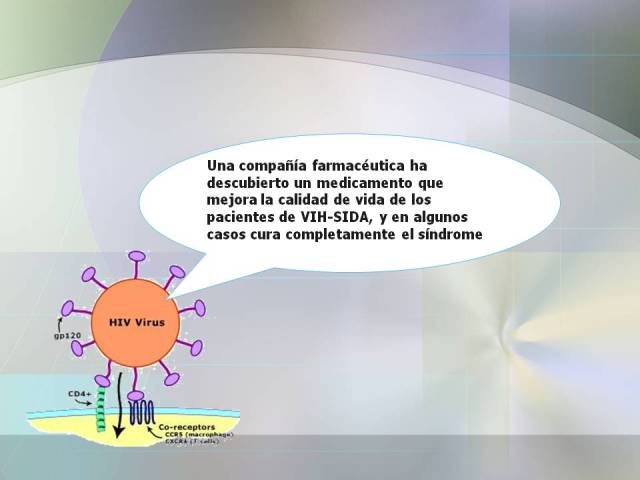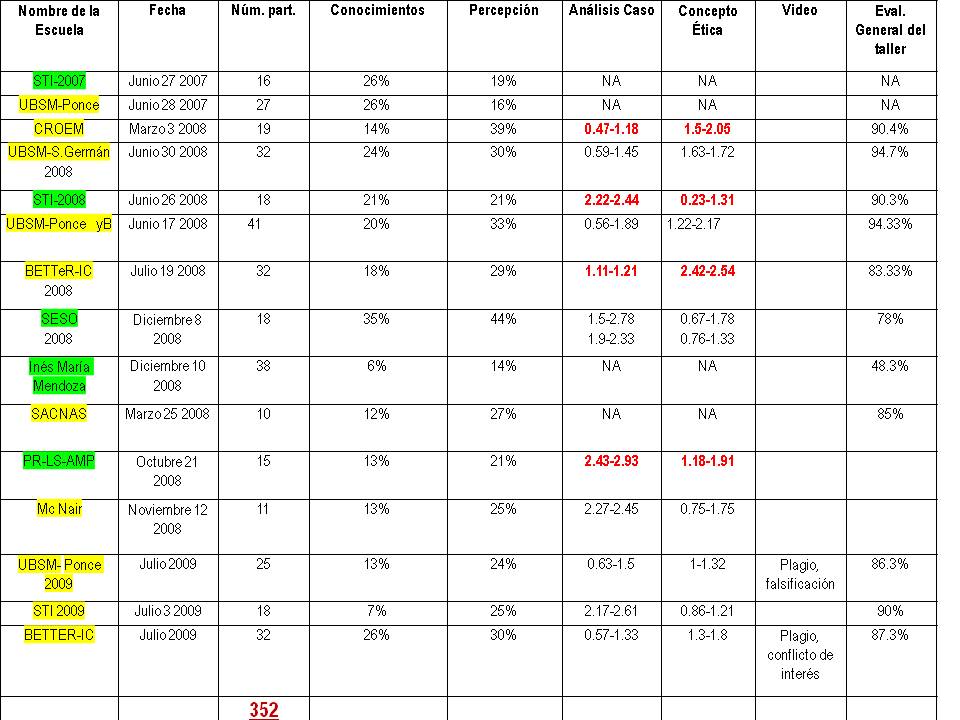| << Chapter < Page | Chapter >> Page > |
Guide to links
- Faculty Retreat in Research Ethics summarizes NSF grant GERESE activities.
- RISE2BEST link provides links to other sources essential to research ethics: Online Ethics,ORI, and selected universities
- Ethics CORE is a new NSF project to create a comprehensive online center to draw togethermaterials on research ethics like Online Ethics Center and U-Mass Scholarly Works/ESENCe project
- Open Seminar course is online component of a special topics course in Reseach Ethics offered at UPRMin 2008. 
GERESE, an NSF grant, developed and tested a hybrid approach to research ethics, one that sought to identify and integrate synergies between stand-alone courses and an organized series of ethics across the curriculum interventions. Working with a conceptual framework in research ethics, where issues are derived from a double axiological axis, project investigators developed a workshop series in research ethics and also experimented with one-hour and three-hour courses. Faculty development workshops identified key issues in research ethics and carried out activities through which faculty members assessed different aspects of GERESE. A final retreat held August 2009, realized module and case development activities which were mapped onto the research ethics issues identified earlier. The result is an Ethics Incubator published in the Connexions module, "Faculty Retreat in Research Ethics--Modules and Issues. (See link above.)
Graduate students at UPRM, Erika Jaramilla and Morgan Echeverry, developed a presentation that introduces students to general ethical issues as well as more specific issues in research ethics. This presentation introduces ethics in the context of choosing a career; ethics consists of the proper exercise of choice in this and other situations. Student-produced video vignettes used to introduce key issues in research ethics have been seamlessly integrated into this presentation. Using clear images and forceful descriptions, this presentation introduces pre-university students to a range of ethical issues that arise in research in engineering and science. Several distinct pedagogical strategies are used to bring about a transition from black and white situations (which help students hone in on key concepts and distinctions) to the "grey world" where students are exposed to real world moral complexities.
Students act out different scenarios in research ethics to provide black and white examples of different issues. Among those covered are plagiarism, falsification, fabrication, environmental responsibility, mentoring, and conflict of interest.


Throwing out the trash

A layered case

A pharmaceutical company discovers a treatment for HIV-AIDS patients which controls the symptoms and, in some cases, cures the disease
The assessment strategy used by workshop developers combines qualitative with quantitative assessment. Closed questions help measure changes in student perception and knowledge pertinent to ethics and research ethics. Open-ended questions help assess problem solving and concept prototyping skills.
Assessment results


Notification Switch
Would you like to follow the 'Business, government, and society' conversation and receive update notifications?